Growth in Chemical Manufacturing
The Anhydrous Aluminium Chloride Market is poised for growth, particularly due to the rising demand from the chemical manufacturing sector. Anhydrous aluminium chloride serves as a vital catalyst in various chemical reactions, including polymerization and Friedel-Crafts reactions. The chemical industry is witnessing a steady increase in production capacities, driven by the need for advanced materials and specialty chemicals. According to recent data, the chemical manufacturing sector is projected to expand at a compound annual growth rate (CAGR) of approximately 4% over the next few years. This growth is likely to bolster the demand for anhydrous aluminium chloride, as manufacturers increasingly rely on this compound to enhance reaction efficiency and product yield.
Increasing Industrial Applications
The Anhydrous Aluminium Chloride Market is experiencing a notable surge in demand due to its extensive applications across various industrial sectors. This compound is primarily utilized in the production of aluminum, which is a critical material in automotive, aerospace, and construction industries. As industries continue to expand, the need for aluminum and its derivatives, including anhydrous aluminium chloride, is likely to grow. Furthermore, the increasing focus on lightweight materials in manufacturing processes is expected to further drive the demand for aluminum products. Consequently, this trend may lead to a robust growth trajectory for the Anhydrous Aluminium Chloride Market, as manufacturers seek to optimize their production processes and enhance product performance.
Rising Demand in the Pharmaceutical Sector
The Anhydrous Aluminium Chloride Market is witnessing a significant uptick in demand from the pharmaceutical sector. This compound is utilized in various applications, including drug formulation and as an excipient in the production of medications. The pharmaceutical industry is experiencing robust growth, driven by an aging population and increasing healthcare needs. Recent statistics suggest that The Anhydrous Aluminium Chloride Market is projected to reach over USD 1.5 trillion by 2025. This growth is likely to enhance the demand for anhydrous aluminium chloride, as pharmaceutical manufacturers seek reliable and effective ingredients to ensure product efficacy and safety. Consequently, the Anhydrous Aluminium Chloride Market stands to benefit from this expanding sector.
Regulatory Support for Water Treatment Solutions
The Anhydrous Aluminium Chloride Market is benefiting from increased regulatory support for water treatment solutions. Governments and environmental agencies are implementing stringent regulations to ensure safe drinking water and effective wastewater management. Anhydrous aluminium chloride is widely used as a coagulant in water treatment processes, facilitating the removal of impurities and contaminants. As municipalities and industries invest in upgrading their water treatment facilities to comply with these regulations, the demand for anhydrous aluminium chloride is expected to rise. This trend indicates a promising outlook for the Anhydrous Aluminium Chloride Market, as it aligns with global efforts to improve water quality and public health.
Technological Advancements in Production Processes
The Anhydrous Aluminium Chloride Market is influenced by ongoing technological advancements in production processes. Innovations in manufacturing techniques are enabling more efficient and cost-effective production of anhydrous aluminium chloride. These advancements not only enhance product quality but also reduce environmental impact, aligning with the growing emphasis on sustainability in chemical manufacturing. As companies adopt these new technologies, they are likely to increase their production capacities to meet rising demand. This trend suggests a positive outlook for the Anhydrous Aluminium Chloride Market, as enhanced production capabilities may lead to greater market penetration and competitiveness.


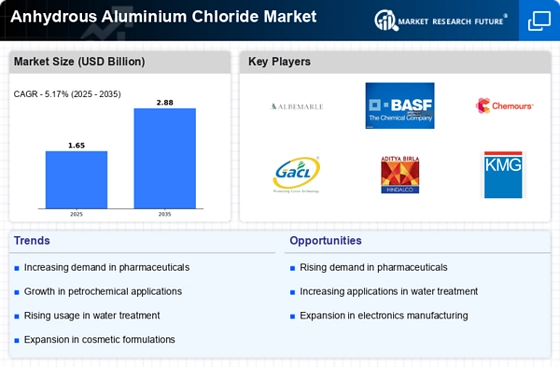
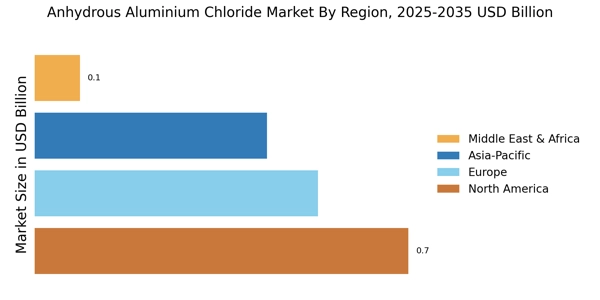
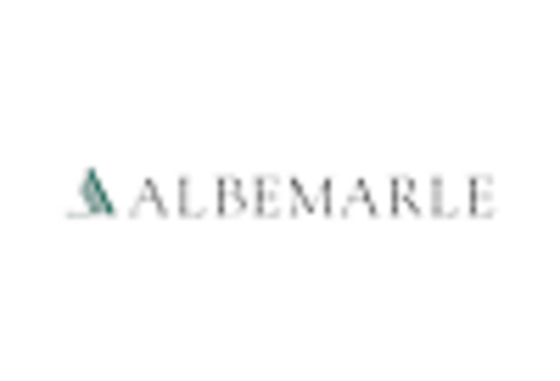

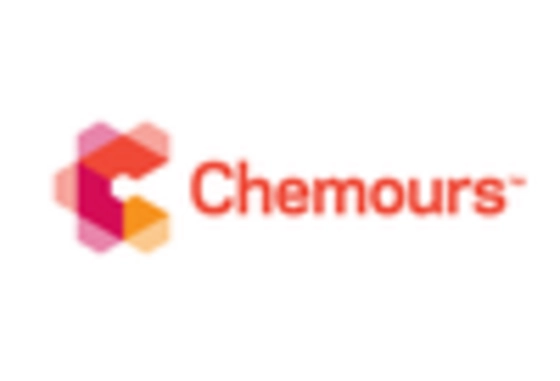
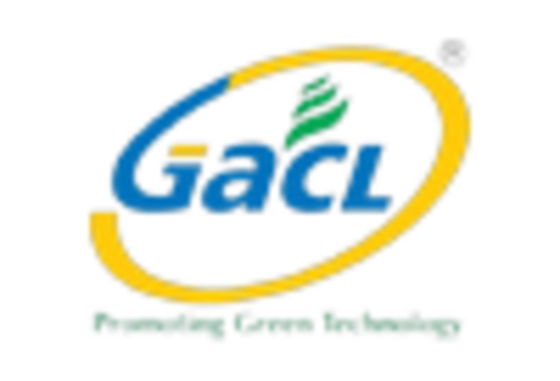
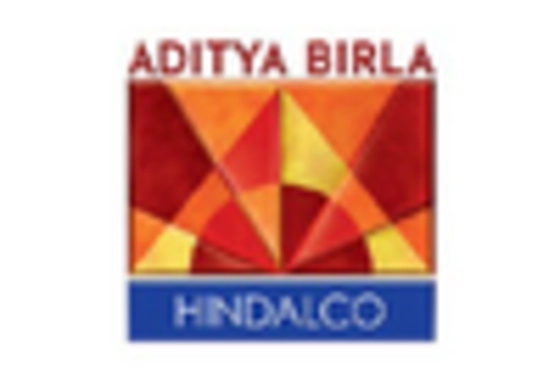
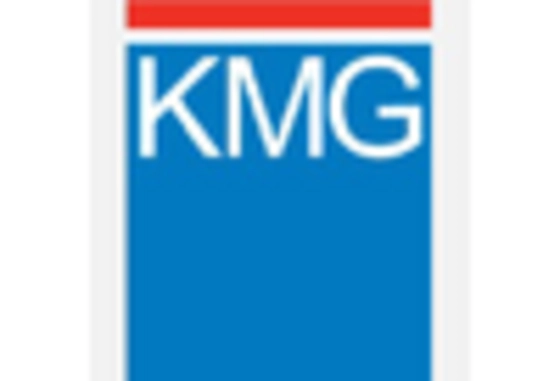








Leave a Comment